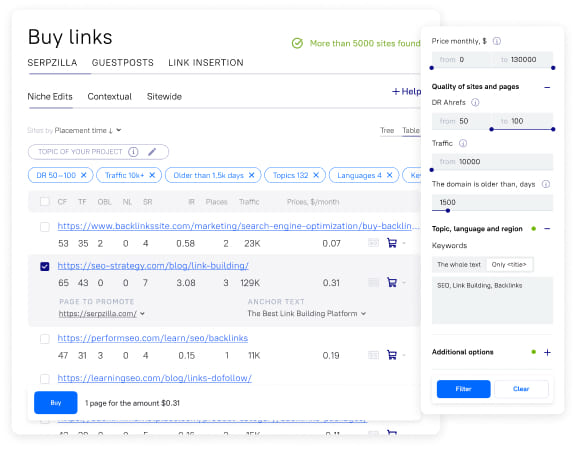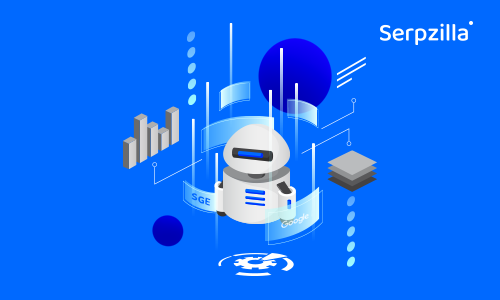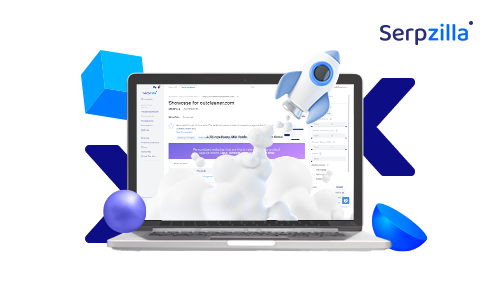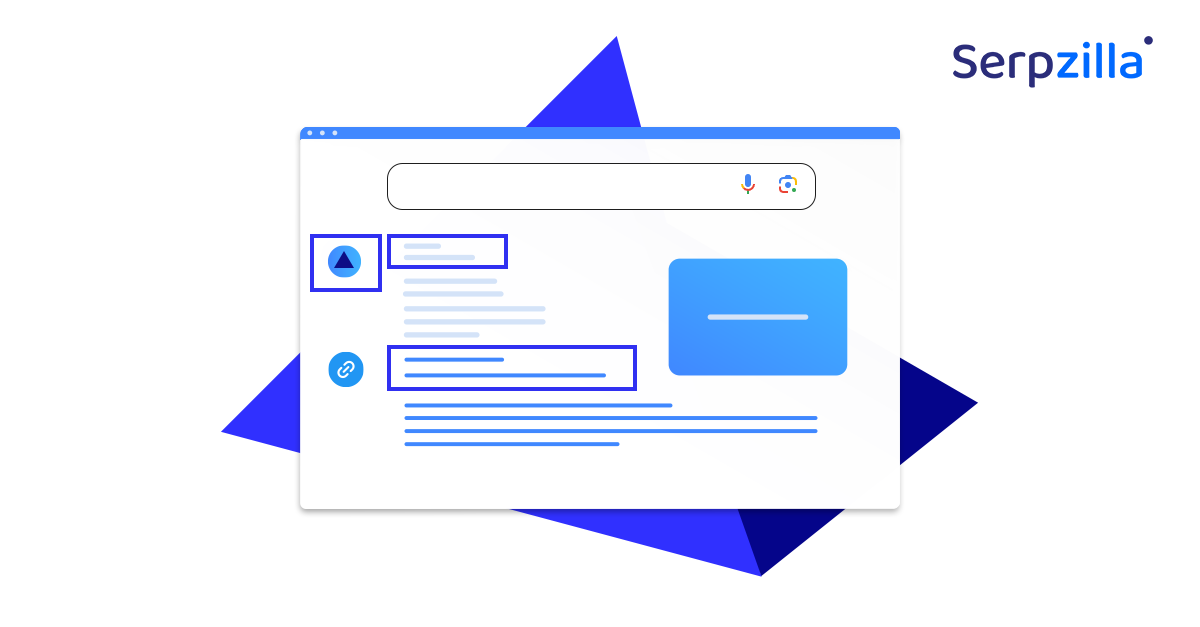Creating quality content for a blog aimed at SEO specialists requires a deep understanding of the process of managing backlinks and their impact on a site’s ranking in search engines. Spammy backlinks can damage your site’s reputation and lower its position in search results, so it’s important to regularly audit your link profile and remove low-quality links. Here is a detailed guide on how to find and remove spammy backlinks that will be useful for SEO specialists:
Step 1: Collecting Data on Backlinks
The first step is to collect a complete list of backlinks pointing to your site. Use tools like Google Search Console, Ahrefs, SEMrush, or Majestic to get the most comprehensive and up-to-date list of links.
Step 2: Analyzing the Link Profile
Analyze the list of backlinks you’ve compiled, paying attention to the following metrics:
- Domain and page authority: high metrics indicate a more valuable link.
- Content relevance: how well the content of the source site matches the theme of your site.
- Anchor text: avoid a large number of keywords in anchors, as this may look like spam.
- Number of outbound links on the page: pages with many outbound links may pass less “juice”.
Step 3: Identifying Spammy Links
Mark links that could be considered spammy. These include:
- Links from low-quality or questionable content sites.
- Links placed on unrelated topic resources.
- Links from pages overloaded with other outbound links.
- Paid links, if they are identified.
Step 4: Removing Spammy Links
After identifying spammy links, take the following actions:
- Contact the owners of the sites with a request to remove the links. This is the most reliable way to get rid of them.
- Use the disavow links tool in Google Search Console if direct removal of the links is not possible. This will tell Google that you do not want these links to be taken into account when ranking your site.
Boost your SEO results! Link building has become fast and easy with Serpzilla. Buy quality backlinks on authority websites with high DR.

Step 5: Monitoring and Prevention
After removing spammy links, it’s important to regularly monitor your link profile and take steps to prevent the appearance of new spam links. Create a checklist of criteria for assessing the quality of incoming links and regularly update it, taking into account changes in search engine algorithms and SEO practices.
This guide will help SEO specialists effectively manage backlinks, improve the site’s reputation, and increase its positions in search results.







